Google’s decision to remove certain analytics metrics has raised concerns among SEO professionals. These changes affect how businesses measure their SEO performance and adjust their strategies accordingly. With several key metrics being removed or restricted, digital marketers are now facing the challenge of adapting to a new data landscape. Here, we will explore how this shift influences SEO strategies, and how you can adjust to keep your SEO efforts effective.
Understanding Google’s Analytics Metrics Removal
Google has always been a leading provider of analytics data, offering key analytics metrics to track everything from page views to bounce rates and leading digital marketing. However, recent updates have resulted in the removal or alteration of several important metrics that have been fundamental in assessing a website’s performance. The removal of these analytics metrics can significantly affect how businesses measure user engagement, conversion rates, and the overall success of their marketing strategies and SEO strategies.
Now that these metrics are being removed, SEO professionals must find new ways to measure user engagement. The focus shifts from granular data tracking to broader performance indicators, such as organic traffic, search rankings, and other engagement signals leading to business’s bright future. Google is encouraging a more holistic approach, focusing on larger trends rather than minute details.
Key Analytics Metrics Affected
With Google removing certain analytics metrics, it’s important to understand which key metrics are impacted and how this affects your SEO strategy and social media marketing. Page views, bounce rates, session durations, and other such data points have long been relied upon to track the effectiveness of a website. These metrics gave businesses insight into which pages were performing well, where users were engaging the most, and which content was driving traffic.
- Page Views:
Page views were used to measure how many times a specific page was viewed by visitors. This allowed businesses to determine which content was most popular and how often it was being accessed. With this metric no longer available, businesses must look to other data sources, such as impressions and click-through rates, to gauge how well their content is performing.
- Bounce Rate:
Bounce rate is a key metric that tracks the percentage of visitors who leave the site after viewing only one page. A high bounce rate could indicate that users aren’t finding what they’re looking for or that the page experience needs improvement. Without bounce rate data, SEO professionals will need to rely more heavily on engagement metrics such as time on site and conversion rates to understand user behavior.
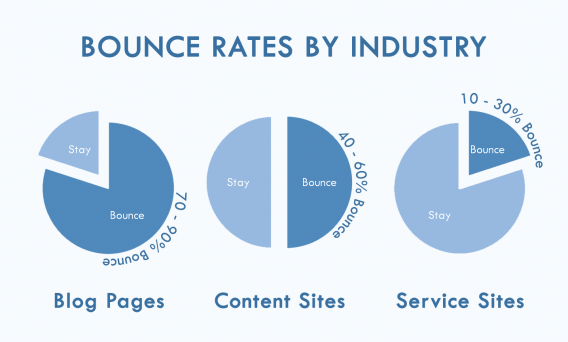
- Session Duration:
Session duration tells you how long a user stays on your site. Longer sessions typically indicate higher user engagement, while shorter sessions can point to issues with content or user experience. Without this data, marketers must use other engagement signals like scroll depth or interaction rates to understand how long users are actively engaged with content.
As Google continues to phase out these analytics metrics, it becomes necessary to reassess the value of the remaining data and adopt alternative methods to gauge SEO performance.
Impact on User Behavior Tracking
The removal of key analytics metrics significantly impacts the ability to track and analyze user behavior on websites. Historically, these metrics have provided deep insights into how users interact with the site, how long they stay, and where they go next. For SEO professionals, this data was invaluable in identifying user engagement patterns, pain points, and opportunities for improvement.
- Time on Page:
Time on page was one of the core metrics used to gauge how engaging a particular page was. With the removal of this metric, SEO professionals must look for alternative ways to determine if content is resonating with visitors. One possible solution is to track user interactions such as clicks, scroll depth, and engagement with specific elements like buttons or forms.
- Exit Pages:
The exit page analytics metrics is another key data point that indicated which pages users were on when they left the website. Understanding which pages had high exit rates helped SEO professionals identify areas that might need improvement. Without this metric, businesses must rely more on conversion goals and user flow to identify potential exit points or weak areas within the website.
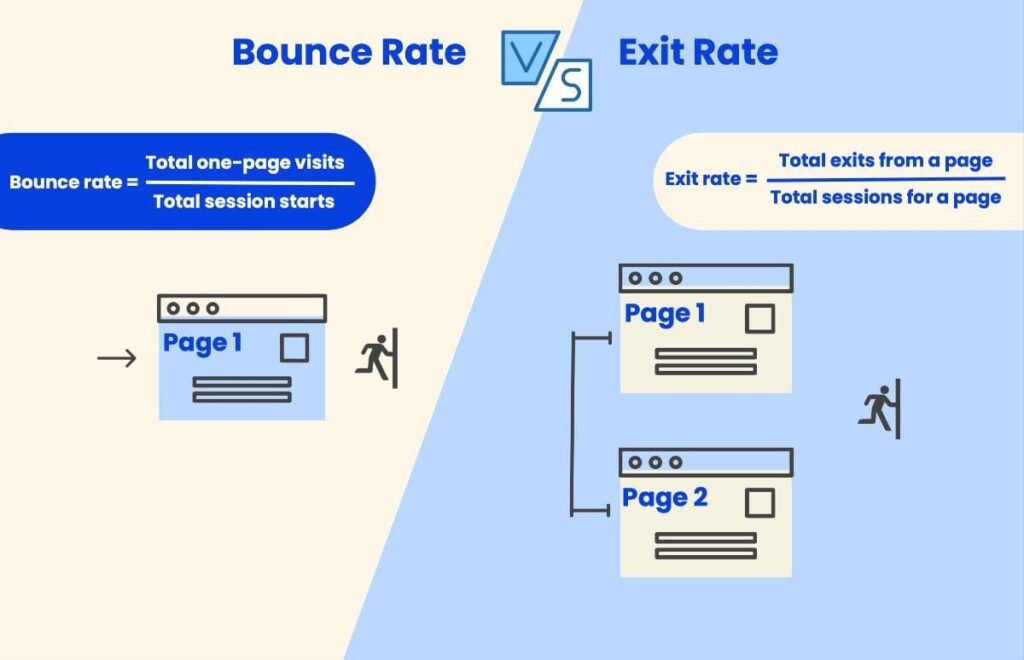
While the loss of these user behavior metrics creates challenges, it also pushes businesses to rethink their approach to measuring engagement. Instead of focusing solely on individual metrics, the focus will shift toward analyzing broader user flows, understanding organic traffic patterns, and using alternative data sources for a more holistic view of user behavior.
Changes in Conversion Rate Monitoring
Conversion rates are one of the most important aspects of any SEO strategy. They measure how many users take a desired action on a website, such as making a purchase or filling out a form. Analytics metrics like goal completions and conversion tracking have long been key in understanding the effectiveness of SEO campaigns. With the removal of some of these analytics metrics, businesses may struggle to effectively measure conversion rates.
- Goal Completions:
Goals are defined actions that a user can take on a site, such as downloading an ebook or completing a purchase. Analytics platforms traditionally tracked these goal completions to show how well a site was converting visitors into customers or leads. Without access to these detailed tracking metrics, SEO professionals must look to other forms of conversion tracking, such as setting up custom goals in Google Search Console or using third-party tools that can track and analyze conversions more accurately.
- Lead Generation:
Many businesses rely on lead generation forms to convert site visitors into prospects. With the removal of traditional conversion metrics, understanding the success of lead generation campaigns becomes more complex. Tracking email sign-ups, form submissions, and other lead generation tactics will now require alternative methods, such as analyzing user behavior in relation to content engagement and integrating conversion tracking across multiple platforms.
Although tracking conversions may become more challenging, there are still ways to measure success. Focusing on customer journeys, optimizing user experience, and relying on tools like Google Tag Manager can help bridge the gap left by missing analytics metrics.
Adjusting SEO Strategy Without Analytics Metrics
The removal of key analytics metrics requires businesses to rethink their SEO strategies. The inability to rely on traditional metrics means that SEO professionals need to be more creative and strategic in their approach to measuring and improving performance. Here are some strategies to adapt:
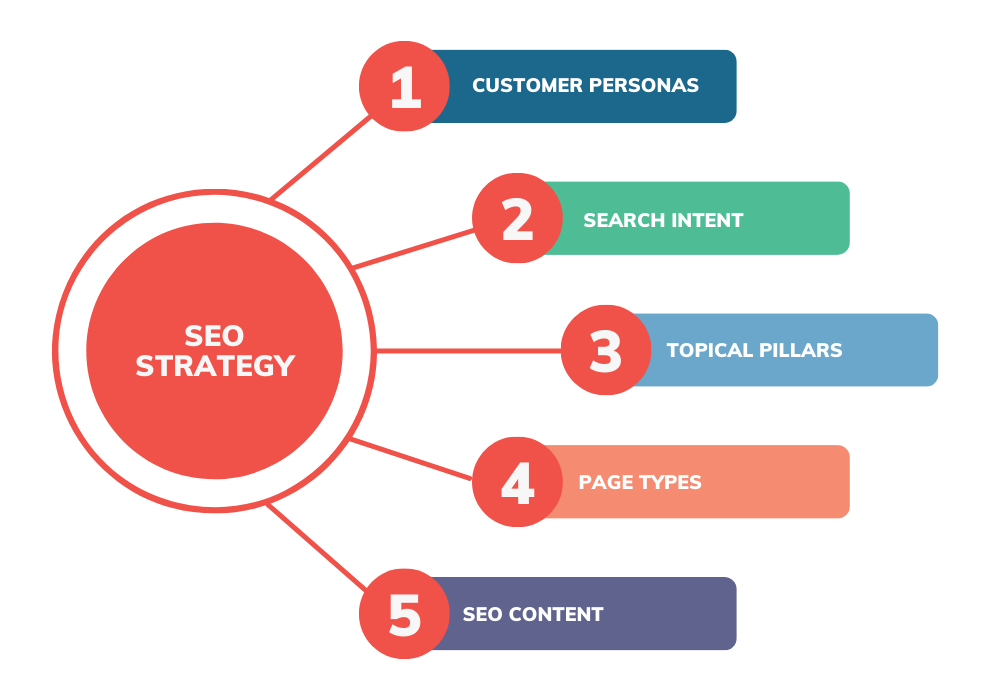
- Focus on Keyword Rankings:
Instead of solely focusing on engagement metrics, shift focus toward tracking keyword rankings. Tools like Google Search Console and third-party rank trackers can help monitor how well your pages rank for target keywords. Tracking this data will provide insights into how well your content is performing in search engines, which is still a fundamental aspect of SEO.
- Use of Alternative Tools:
While Google Analytics may have been the go-to for many SEO professionals, there are plenty of other tools available that can provide valuable data. Google Search Console, SEMrush, Ahrefs, and other SEO platforms offer features to track website performance, backlink quality, and keyword performance. By using a combination of these tools, SEO professionals can create a more comprehensive picture of their website’s success.
Shifting to alternative metrics and tools is essential to ensure that SEO efforts remain focused on meaningful outcomes, even in the absence of traditional analytics metrics.
The Shift Towards Holistic Data Measurement
As Google removes specific analytics metrics, SEO professionals are beginning to embrace a more holistic approach to measuring performance. Traditional metrics provided granular insights into user interactions, but without these, the focus has shifted toward broader data sets and trends. This approach emphasizes the overall health of a website’s SEO rather than focusing on individual user actions.
- Organic Traffic Growth:
One of the most significant indicators of SEO success is organic traffic growth. By monitoring overall traffic to your site, you can still assess the effectiveness of your SEO efforts. Organic traffic provides valuable insights into how well your content ranks on search engines and how well your website is performing in terms of search visibility. This focus helps SEO professionals understand whether their strategies are attracting more visitors over time, even without the granularity provided by older metrics.
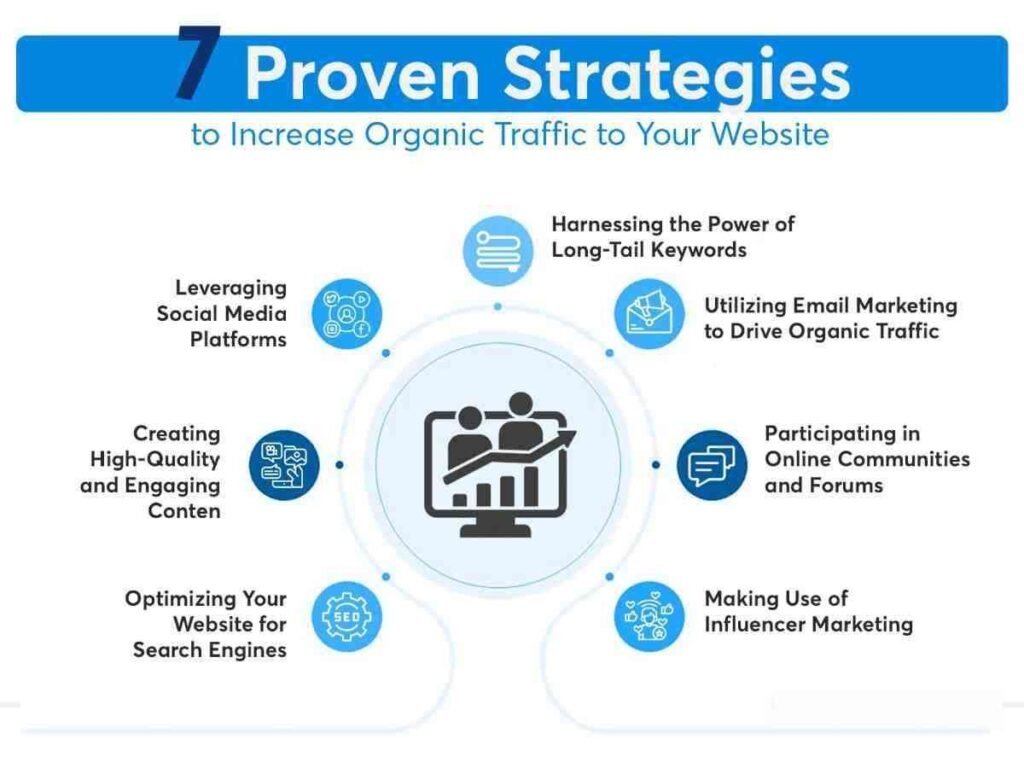
- Engagement Signals:
In place of traditional analytics metrics, SEO professionals are increasingly turning to engagement signals. These signals might include social media shares, backlinks, and comments on blog posts. Engagement metrics can show how well your content resonates with your audience and how it influences broader online behavior. The emphasis on these metrics allows SEO professionals to focus on the content’s ability to drive discussions and actions beyond the website.
By adopting a more holistic measurement approach, SEO professionals can still evaluate the effectiveness of their strategies even without granular metrics like session duration or page views.
Using Google Search Console for Better Insights
With Google Analytics losing its prominence due to the removal of key metrics, Google Search Console is emerging as an essential tool for SEO professionals. Google Search Console provides data that is directly tied to search engine performance, offering insights into how your site is viewed by Google and how well it performs in search results.
- Impressions and Clicks:
Impressions show how often your pages appear in search results, while clicks reflect the number of times users have clicked on those results. These two metrics together offer a clear picture of how visible your site is in search engines. Even without traditional analytics metrics, impressions and clicks provide valuable insights into how effective your SEO campaigns are at attracting traffic. Tracking these metrics helps you understand the reach of your content and how successful it is in encouraging clicks.
- CTR (Click-Through Rate):
Click-through rate is a crucial metric that helps SEO professionals assess the effectiveness of their search snippets. A high CTR means that users find your title and meta description compelling enough to click on, while a low CTR could indicate that improvements are needed. By analyzing click-through rate CTR in Google Search Console, SEO professionals can optimize their meta tags to drive more traffic, even without relying on engagement metrics like time on page.
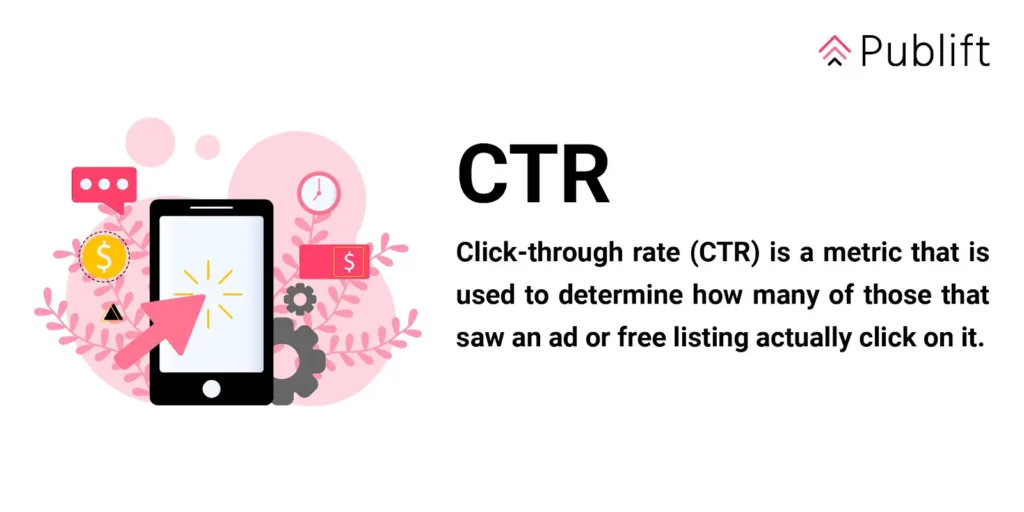
By leveraging Google Search Console, SEO professionals can fill in many of the gaps left by the removal of traditional analytics metrics, giving them insights into search visibility and user behavior directly related to search performance.
Optimizing Content Strategy with Limited Data
While the removal of analytics metrics poses challenges for content strategy, it also opens up opportunities to focus on the broader principles of content optimization. SEO professionals must now focus on creating high-quality, user-centered content that aligns with search intent, without relying on granular metrics for every decision.
- Content Updates:
Regularly updating your content is crucial for maintaining high rankings. Even though detailed engagement metrics may no longer be available, SEO professionals should still prioritize keeping content fresh and relevant. Search engines reward content that is updated frequently, and optimizing existing content can yield significant SEO benefits. This can include adding new sections, updating statistics, or ensuring that the content reflects the latest trends and keywords.
- Topic Clusters:
The concept of topic clusters is becoming more important in a world with limited data. A topic cluster is a group of related content pages that link to a central pillar page. This strategy helps search engines understand the relationship between different pieces of content and strengthens overall SEO performance. By focusing on topic clusters, SEO professionals can create a more organized and authoritative website that ranks well in search results, even without the detailed performance data that was previously available.
With the removal of detailed metrics, content optimization should focus on broader SEO principles such as creating comprehensive, relevant content and building content silos that improve site structure and relevance.
The Role of AI and Automation in SEO
The removal of analytics metrics presents a unique opportunity for the integration of AI and automation tools in SEO leading to AI-based SEO. Artificial intelligence and machine learning can help compensate for the loss of granular data by providing predictive insights and automating tasks that were previously manual.
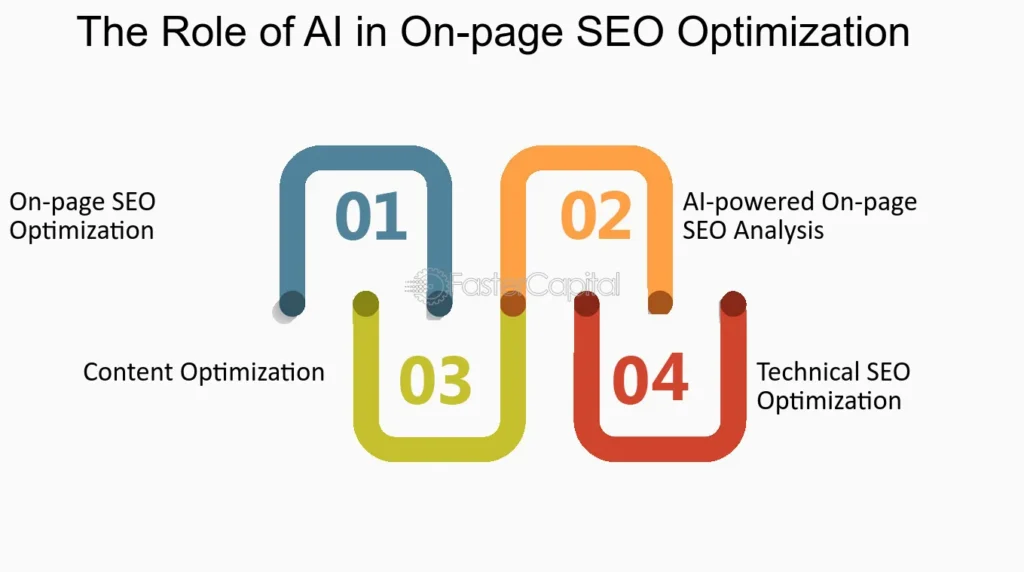
- Predictive Analytics:
AI-powered tools can help predict how well specific pages or keywords might perform in search results. These predictions are based on historical data and machine learning models that identify trends and patterns in search behavior. By using predictive analytics, SEO professionals can adjust their strategies proactively and focus on areas that are likely to bring the most traffic or conversions. This makes up for the absence of direct engagement metrics by offering a forward-looking approach to SEO.
- Automated Reporting:
Automation tools can also play a significant role in SEO strategies. SEO reporting can be time-consuming, especially when trying to track performance across multiple platforms. With automation tools, SEO professionals can generate reports automatically, consolidating data from various sources such as Google Search Console, SEMrush, and more. These reports can be customized to highlight the most relevant metrics for the business, ensuring that SEO professionals stay informed even without relying on traditional analytics platforms.
AI and automation are crucial in adapting to the removal of key metrics. They offer insights, streamline workflows, and allow SEO professionals to focus on strategic decision-making rather than getting bogged down by the absence of traditional data sources.
Impact on Local SEO and Analytics Metrics
Local SEO has been a critical focus for many businesses, especially those that rely on local search visibility. With the removal of key analytics metrics, local SEO is becoming more challenging, but still possible with the right approach.
- Local Rankings:
Metrics like local impressions were important for understanding how well a business ranked in local search results. Without access to this data, businesses must rely on other tools like Google My Business insights and third-party platforms to track their local search performance. Tools like Google Search Console can also help identify queries related to local searches, providing some insight into local rankings.
- Map Listings:
The effectiveness of Google Maps listings is another area impacted by the loss of analytics metrics. Businesses that rely on their Google Maps visibility to attract local customers will need to track engagement through other means, such as call tracking or measuring foot traffic using GPS-based tools. Despite the loss of some data, local SEO professionals can still optimize their Google My Business profiles and ensure their listings are fully optimized with accurate business information and regular updates.
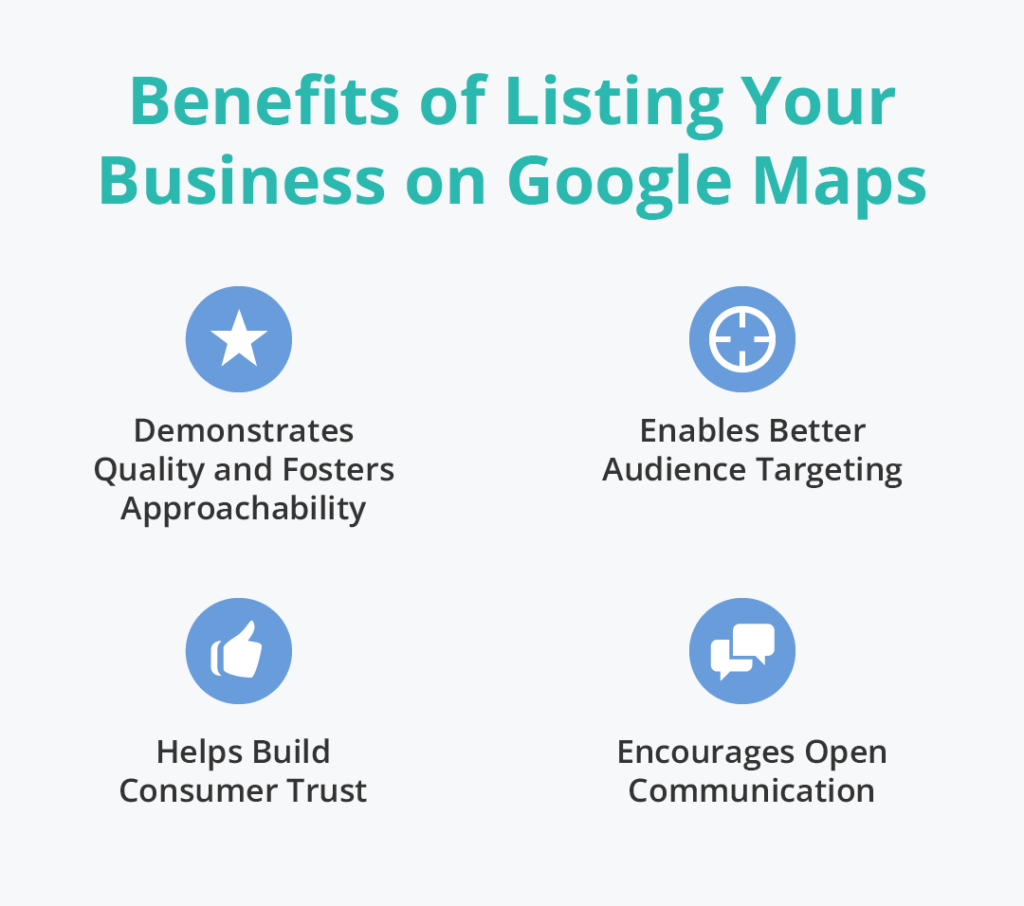
In the face of the removal of certain analytics metrics, local SEO professionals can still achieve success by focusing on alternative tools and keeping local listings up to date to maintain a competitive edge.
Conclusion
Google’s removal of certain analytics metrics has undeniably impacted how SEO professionals measure website performance. While traditional metrics like bounce rate and session duration provided valuable insights into user behavior, businesses must now adapt by focusing on broader trends and alternative data sources.
The key to navigating this shift lies in adopting a flexible, proactive approach. By leveraging new tools, optimizing content, and focusing on overall site performance, businesses can continue to improve their SEO efforts despite the loss of granular metrics. As the SEO landscape evolves, it is crucial for businesses to stay informed and adaptable, ensuring that their strategies align with the latest developments in digital marketing and analytics.
